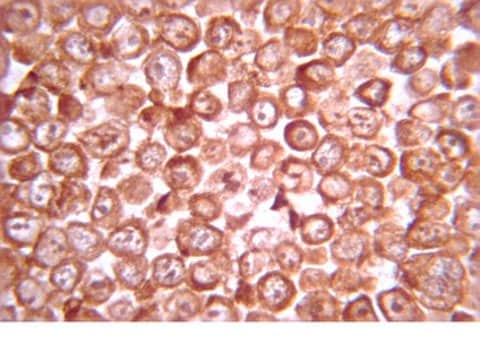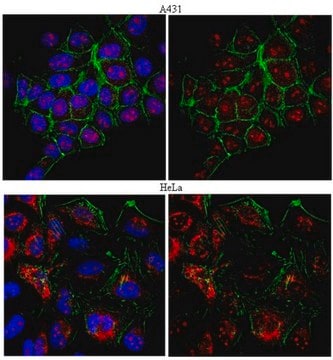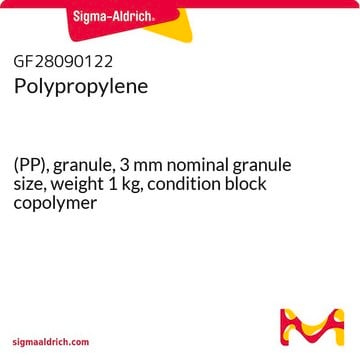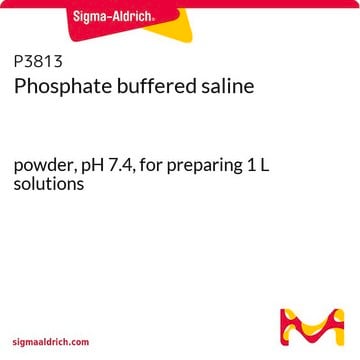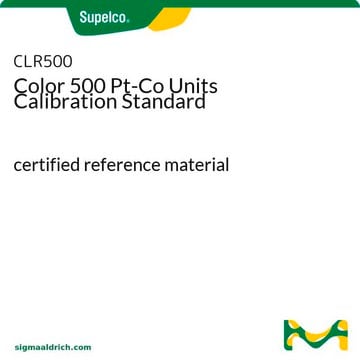04-739
Anti-C-RAF antibody
rabbit monoclonal, AM223
Sinonimo/i:
Oncogene RAF1, raf proto-oncogene serine/threonine protein kinase, v-raf-1 murine leukemia viral oncogene homolog 1
Scegli un formato
Scegli un formato
About This Item
Prodotti consigliati
Nome del prodotto
Anti-Raf-1 Antibody, clone AM223, rabbit monoclonal, culture supernatant, clone AM223, from rabbit
Origine biologica
rabbit
Livello qualitativo
Forma dell’anticorpo
culture supernatant
Clone
AM223, monoclonal
Reattività contro le specie
human, mouse, rat
tecniche
immunoprecipitation (IP): suitable
western blot: suitable
Isotipo
IgG
N° accesso NCBI
N° accesso UniProt
Condizioni di spedizione
dry ice
modifica post-traduzionali bersaglio
unmodified
Informazioni sul gene
human ... RAF1(5894)
Descrizione generale
Specificità
Immunogeno
Applicazioni
Signaling
MAP Kinases
A 1:500-1:2,000 diltuoin of this lot detected Raf-1 in 3T3/A31 cell lysates.
Immunoprecipitation: 2-4 μg of a previous lot immunoprecipitated Raf-1 from 400 μg of 3T3/A31 RIPA lysate.
Qualità
Descrizione del bersaglio
Linkage
Stato fisico
Stoccaggio e stabilità
Handling Recommendations: Upon receipt, and prior to removing the cap, centrifuge the vial and gently mix the solution. Aliquot into microcentrifuge tubes and store at -20°C. Avoid repeated freeze/thaw cycles, which may damage IgG and affect product performance.
Risultati analitici
Positive Antigen Control: Catalog #12-305, 3T3/A31 lysate. Add 2.5 μL of 2-mercapto-ethanol/100 μL of lysate and boil for 5 minutes to reduce the preparation. Load 20 μg of reduced lysate per lane for minigels.
Esclusione di responsabilità
Codice della classe di stoccaggio
12 - Non Combustible Liquids
Classe di pericolosità dell'acqua (WGK)
WGK 1
Punto d’infiammabilità (°F)
Not applicable
Punto d’infiammabilità (°C)
Not applicable
Certificati d'analisi (COA)
Cerca il Certificati d'analisi (COA) digitando il numero di lotto/batch corrispondente. I numeri di lotto o di batch sono stampati sull'etichetta dei prodotti dopo la parola ‘Lotto’ o ‘Batch’.
Possiedi già questo prodotto?
I documenti relativi ai prodotti acquistati recentemente sono disponibili nell’Archivio dei documenti.
Filtri attivi
Il team dei nostri ricercatori vanta grande esperienza in tutte le aree della ricerca quali Life Science, scienza dei materiali, sintesi chimica, cromatografia, discipline analitiche, ecc..
Contatta l'Assistenza Tecnica.
